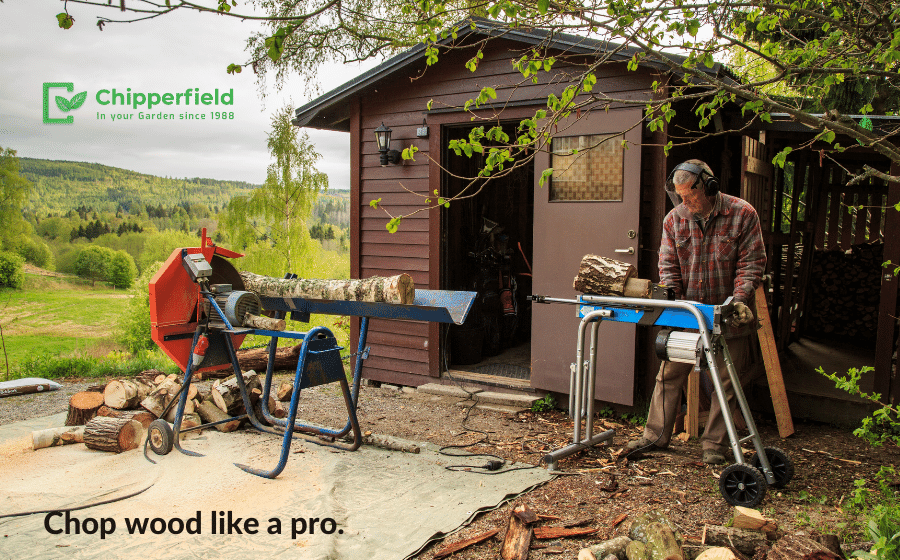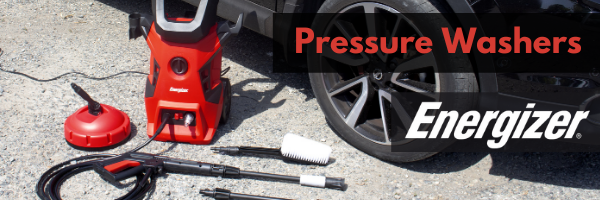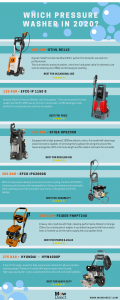Log splitters are designed to take effort out of splitting your logs! Whether powered by petrol, hydraulics or electricity, a log splitter will be much more efficient than using hand tools like an axe. From 4, 7 to even 10 ton and more splitters, choosing your log splitter will depend on the size of the logs you plan to split. With different types available, read Chipperfield expert guide -‘ How to Choose Your Log Splitter.

Important features
- Electric
- Petrol-powered
- Hydraulic
- Splitting force
- Log size
What is a log splitter?
Log splitters can also be referred to as wood splitters, mechanical axes or simply splitters. But whatever the name, they’re all designed to do one thing and that is split logs! Log splitters are essential machines for professional loggers and lumberjacks but are also extremely useful for domestic users and anyone with a wood-burner or fire , inset stove or wood-fired home heating system. These tools can split any log lengthways, saving time and the effort you would find with a traditional axe, or sledge hammer and splitting wedge.
The different types of log splitter ?
When choosing the right log splitter, you will need to consider your requirements, in particular the volume in cubic metres (or feet) of wood you want to split each year. There are three main types of log splitters available:
- Electric log splitters;
- Petrol-powered log splitters;
- Hydraulic log splitters.
Electric log splitters

It is a good idea to choose a log splitter with an electric motor if you plan on splitting around 10 cubic metres of wood a year. Electric log splitters are practical because they are efficient, non-polluting and relatively quiet. These splitters can handle logs of up to 40 cm in diameter and their hydraulic cylinders generate a splitting force ranging from 5 to 10 tons (t). Five tonnes is sufficient to split logs with a diameter of 30 cm. The power of these splitters varies depending on their key characteristics, and ranges from 1,500 to 3,500 Watts (W).
Petrol-powered log splitters

Petrol-powered log splitters are designed for professional or home users who want to split more than 12 cubic metres a year. They are very efficient and are much more powerful thanks to their 4-stroke engine. Lower powered models (5.5 HP) produce a splitting force of approximately 11 tons, and the highest powered models can generate 22 tons of force – enough to split logs with a diameter of up to 60 cm.
Hydraulic log splitters
Hydraulic log splitters harness hydraulic power from either manual power or machinery. Three-point hitch hydraulic splitters are designed to be towed, so are only useful if you own a tractor! The force delivered by these splitters starts at around 11 t, which will split logs of approximately 35 cm in diameter. More powerful hydraulic models also exist. These are robust, reliable machines which can easily handle more than 12 cubic metres a year. Manual log splitters, on the other hand, are operated by means of a foot pedal or handles, and can produce up to 10 t of force.
Vertical log splitters vs. horizontal log splitters
Once you’ve decided on a power source, you will need to decide whether you want a vertical log splitter or a horizontal log splitter. Let’s take a look at the different design options.
Horizontal log splitters
The advantage with this type of splitter is that it is equipped a table designed to hold your logs. The disadvantage of this system is that putting the log into position requires a bit more handling. Horizontal log splitters are best for splitting thinner, shorter logs (less than 50 cm).
Vertical log splitters
Using a vertical log splitter involves less handling, so these machines are better for splitting thicker, longer logs (over 50 cm).This type of log splitter often has a guide to hold the log in position.
Key points to consider when choosing your log splitter
- The splitting cycle time, i.e. the time taken to split a log and return to the start position;
- The size of the splitting wedge;
- The various splitting heights (only applicable to vertical log splitters);
- The speed: similar to the cycle time;
- The number of decibels (dB), in particular for 4-stroke engines;
- Whether the splitter is towable (only applicable to petrol-powered models);
- Whether or not the table can be tilted (only applicable to horizontal log splitters);
- Chassis strength and quality;
- The weight (for electric models which cannot be towed);
- The dimensions (width, length, height).
Other details will be provided in the manufacturer specifications, such as the hydraulic oil capacity (related to the size of the cylinder), the oil type (related to viscosity), the chassis material (usually steel with an epoxy coating), and so on. Bear in mind, however, that these characteristics are not as important as those listed above.
5 tips to help you choose the right log splitter
When choosing your log splitter, be sure to consider the following points:
- Number of cubic metres to be handled per year.
- Size of the logs.
- Force (expressed in tonnes and related to the size of the logs).
- Type of power.
- Design: horizontal or vertical.
If you opt for an electric log splitter, make sure that your motor is protected by a circuit breaker to cut off the electricity supply in the event of any incidents. Finally, to prevent splinters, injury to your fingers or toes and premature hearing damage, be sure to wear protective gloves, safety shoes, hearing protection, a helmet, and – last but not least – safety glasses or goggles to protect your eyes!






